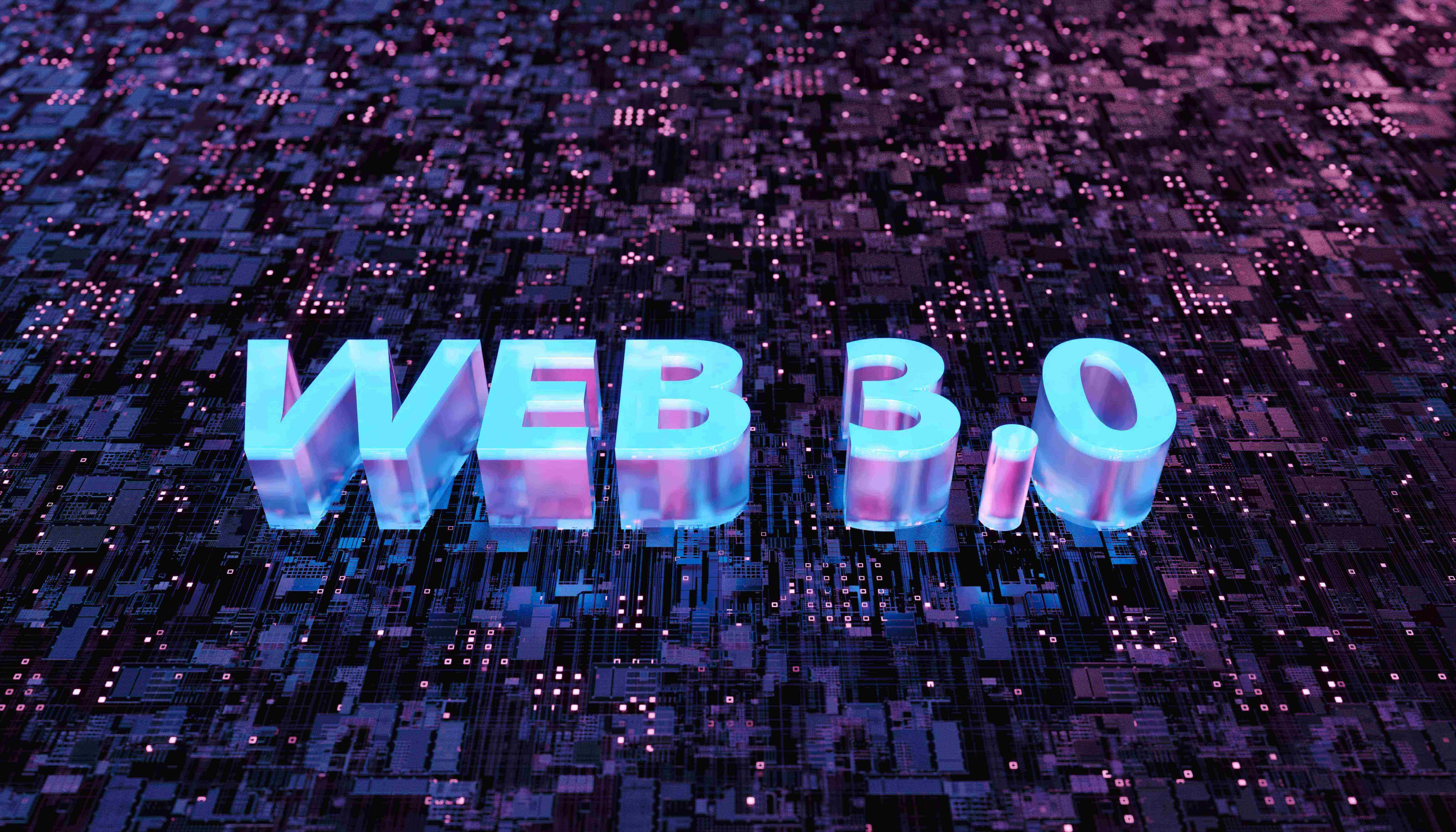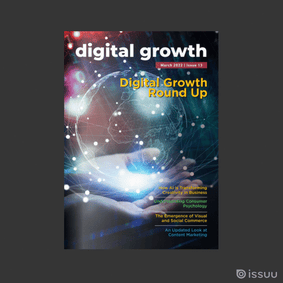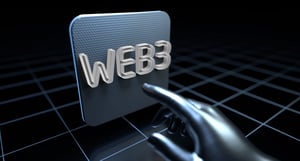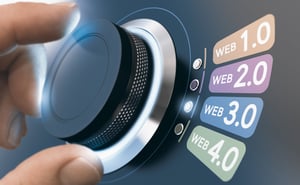Ready to dive into the world of Web3? In this article, we’ll be introducing you to the concept and supposed future reality, along with its defining characteristics and link to blockchain technology.
An Overview of Web3
As the world ushers in Web3, the newer iteration of the internet, we’re becoming more familiar with its key features. This includes the democratization of the web based on semantic technology. It is being built through a decentralized blockchain. The semantic web will automatically filter data since the machines will have enhanced understanding. This will result in quicker, more accurate results.
This means the experience will become more personalized, with individual data (like your search history) factoring into the results presented to you online. With Web3, decentralized applications are expected to come in, where no central entity manages the service. We’ll see the development of highly specialized content being distributed based on personal profiles across the internet. This next phase of the internet will be a culmination of machines and humans, where intelligent systems automatically work with systems, people, and home devices.
Web3 is set to make you the owner of your content and data, giving you more control. This is a step away from Web2, where data is collected and used for advertising purposes. Systems will be run by decentralized autonomous organizations and theoretically, the social media networks in Web3 won’t face censorship restrictions or issues when servers go down. This brings into play an important question of ethics, where the possibility and extent of freedom come into question.

The Most Important Features of Web3
Web3 is set to organize information online in a more organized way than its predecessor, Web2. Its defining features include:
Semantic Web
Searches will be backed by analyses that seek to understand. This means the underlying meaning and context of words will be front and center of searches, leading to better results and answers. Exact matches for keywords will fall away, allowing for a more conversational search.
Artificial Intelligence
Computers are becoming smarter, producing faster and more relevant search results. The ability for the software to understand and adapt is key in Web3, as is the ability to discern between what is real and what is fake online (for example, determining when bots are involved).
3D Graphics
The real world is becoming blurred with the virtual worlds in a spatial web. Graphics in Web3 are more advanced than ever, bringing a 3D version of the online world into reality. This will be used for a range of services and websites, creating a more immersive experience online. It will change the way eCommerce businesses operate online and bring experiences into your home that would otherwise not be possible (like concerts and museum tours).
Ubiquity
Semantic metadata will improve the user experience by providing new levels of connectivity. IoT sensors will come into play, making the internet available anywhere, at any time, to anyone. It will include a range of smart gadgets and accessories, to where your items and your identity are connected by software.
Software Negotiations
The Web3 paradigm includes an operating system that executes programs. Applications will replace plugins and the display of content will become more sophisticated. Users will be able to buy and configure bots for their personal use.
Understanding Blockchain Technology
Blockchain technology represents a revolution that is applicable to several spheres. It is commonly associated with cryptocurrency, where a digital ledger records each transaction made. However, cryptocurrency is not the only use of blockchain technology, as different types of data can be recorded, including legal contracts, and product inventory, to name but a few.
Without the need for a third party, transactions can occur with a guarantee of legitimacy, security, and transparency. Another defining feature of blockchain technology is that it is decentralized, and the records cannot be changed or erased.
Blockchains are a database of records that are stored in blocks, with each block containing a specific set of data. They have a storage capacity, and new blocks are created with links in an ongoing chain, hence the term blockchain. Each block is stamped with a time and its nature is recorded, with a linear timeline forming in an unchangeable ledger.
This relates to Web3 as it is integrated into the financial framework. It is yet to be determined if cryptocurrencies will become the primary currency or a means of compensating content creators in Web3. Likewise, smart contracts will be used frequently via Web3 for transactions and agreements.
That wraps up our overview of Web3 and its most important features. There is a lot to learn and a lot more to come of this next iteration of the internet. What are you most excited about?
Speak with us at Nexa about how to future-proof your business.
%20(1).png?width=2701&height=607&name=BRC_NEXA_LOGO_BLACK%20%26%20VIOLET%20(1)%20(1).png)
%20(1).png?width=2701&height=607&name=BRC_NEXA_LOGO_WHITE%20(2)%20(1).png)


![The Cost of Social Media Marketing in Dubai, Abu Dhabi and Doha [Updated 2023]](https://blog.digitalnexa.com/hs-fs/hubfs/Copy_of_11.16.2014.png?length=100&name=Copy_of_11.16.2014.png)









Comments